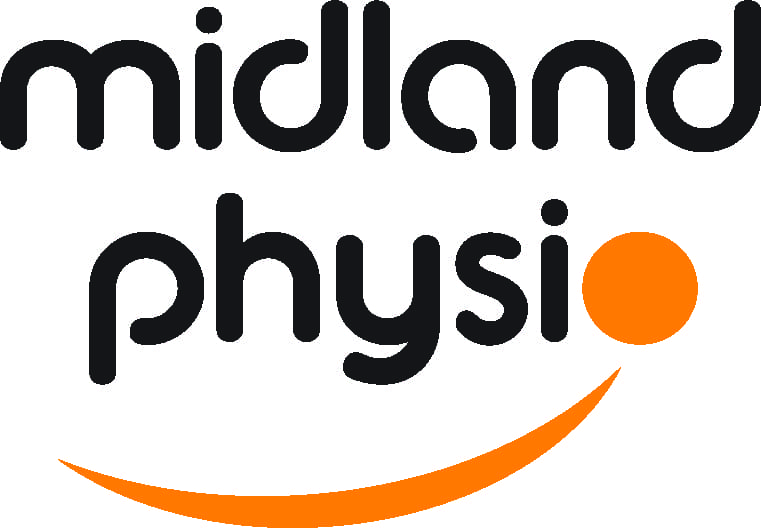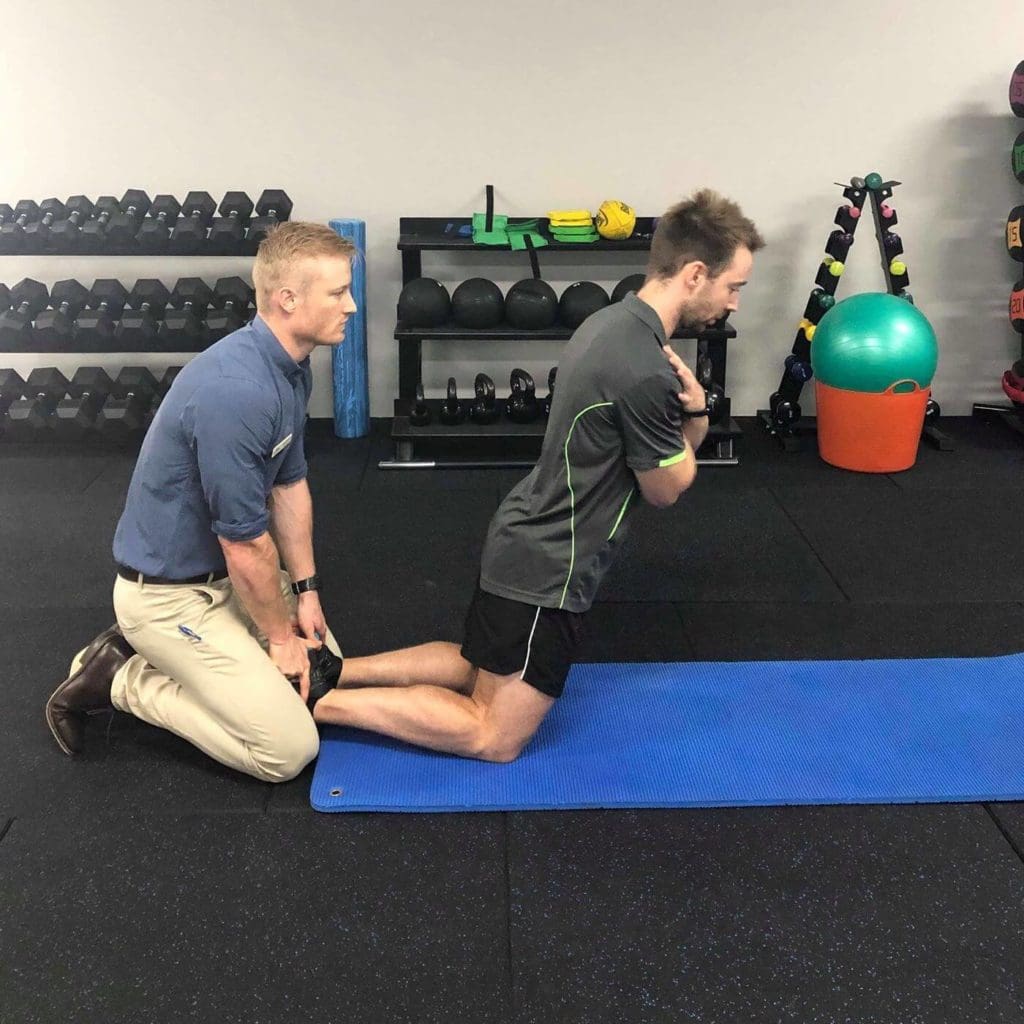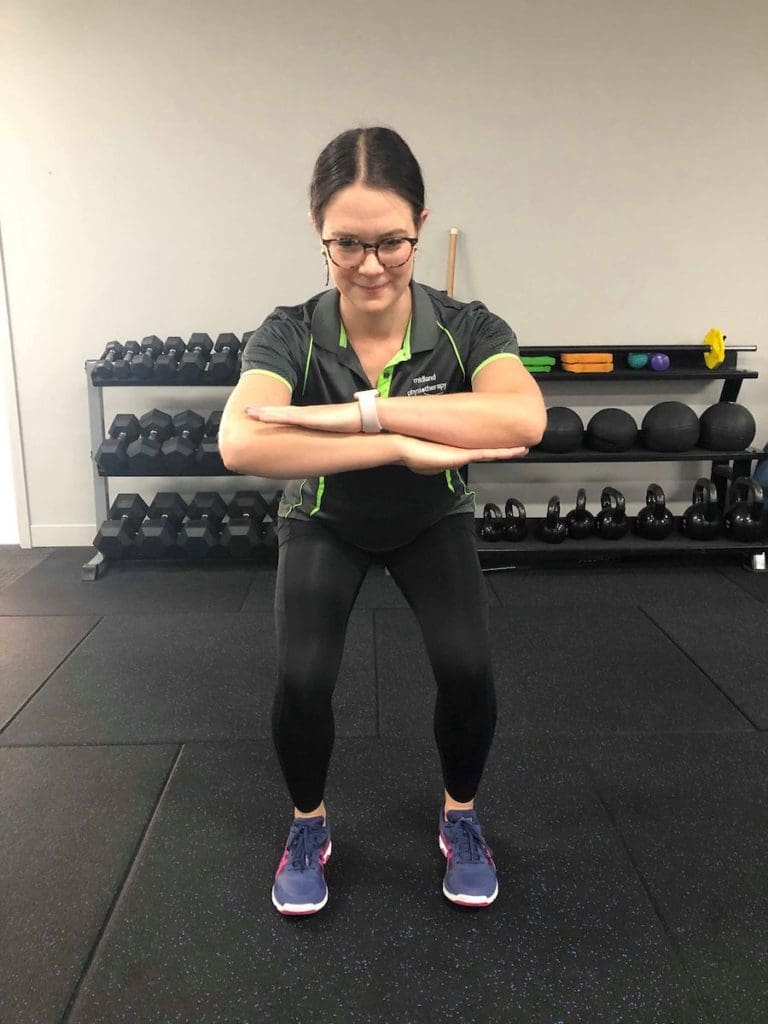The term ‘core’ can be used to describe a wide variety of structures around the mid-section of the body. For the purpose of this blog, the ‘core’ refers to the four abdominal muscles that sit between the ribcage and pelvis on the front and side of the body (this is probably the most common use of the term ‘core’).

Rectus Abdominis – the 6 pack muscle on the very top (nearest your belly button).
External Obliques – 1st layer underneath
Internal Obliques – 2nd layer underneath
Transversus Abdominis – deepest muscle (furthest from your belly button)
What will having better core strength help with?
So first, being strong in any muscle is a good thing. And as a general principle more strength is better. Stronger arm muscles for example, will help you lift heavy things. Stronger thigh muscles will help you get off the floor. So what will a stronger core help you with? Well, there was once a common idea that a stronger ‘core’ leads to a more stable spine which will prevent or reduce back pain. This was talked about for many years in the health world and was based on research that showed delayed activation of ‘core’ muscles in people with back pain. This led to a whole health industry phenomenon, which promoted core strength as the cure for all low back pain and this research didn’t actually say that at all. Following this, many studies have investigated core strength as a cure for low back pain and found it might help some people but not others.
The main job of the ‘core’ muscles collectively, is twisting, rotating and moving the upper body in various ways. A stronger core may therefore help a throwing athlete rotate their upper body quicker, it could help a footballer tackle an opponent to the ground, a golfer hit the ball further or even a boxer tolerate a punch to the stomach region. The group of muscles known as the ‘core’ are really good at twisting powerfully and also bringing your trunk up against gravity when getting out of bed for example.


The photos demonstrate great core exercises which done regularly will improve your core strength.


For those wanting a summer six pack try 3 x 15 of 3 core exercises 3 x weekly. Regular loading to the point of fatigue (where you can’t do any more repetitions) will build core strength. If 15 repetitions isn’t fatiguing, you could add weight as seen in the photo.
What about back pain?
Core strengthening exercises could definitely help you with your back pain. There are many people who swear their core strengthening program improved their back pain and they will perform their series of exercises religiously. But importantly, some people also get no relief or even worse pain from core exercises for their back pain. They always get better at the exercises and stronger, but sometimes their back pain doesn’t improve. The truth is, why core strengthening helps some people with back pain is complicated and could be for many different reasons. Pain relief may have come simply from the benefits of doing exercise in general (normal exercise such as regular running will often help with back pain) and also the benefits of moving their spine more often may have helped them. Spines love movement and core strengthening exercise usually involves spinal movement.
To be honest how core strengthening might help someone with back pain is really complicated, but what we do know is core strengthening doesn’t make your spine more stable. And having a stable spine doesn’t help people with back pain. Often people with back pain are actually too rigid with their movement and for those people extra core strength probably won’t help.
So to summarise:
- Core strengthening/stability does not make your spine more stable.
- Spine stability is probably not useful anyway in most cases, spines like movement.
- Core strength is good in general, just like any other muscle strength.
- Core strength may or may not relieve your back pain.


Eg Image Bending/Lifting with too much core stability (rigid and stiff) Vs bending and lifting with normal amounts of knee and back bend.
So definitely do your core exercises if you like doing them, but it’s not always the solution for your back pain. The team at Midland Physio would be happy to help with further advice on whether or not core strength (or less core strength) may help with your back pain.




